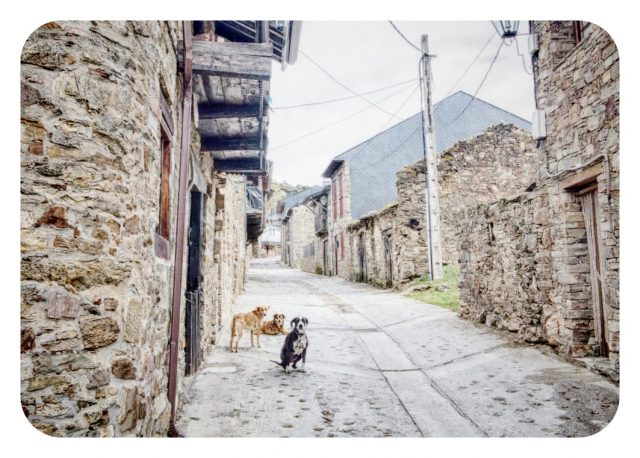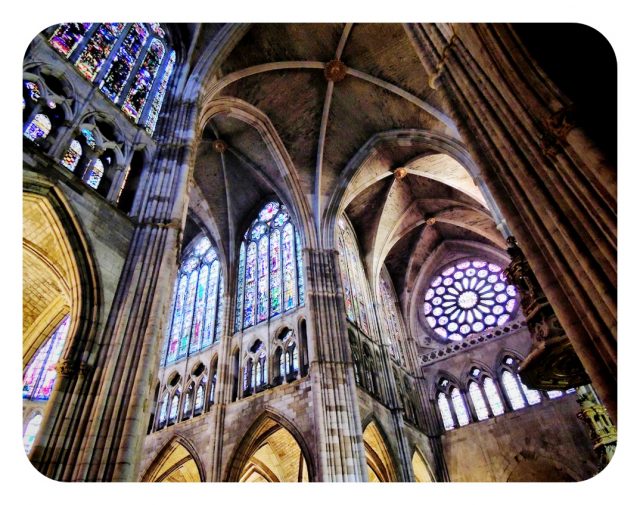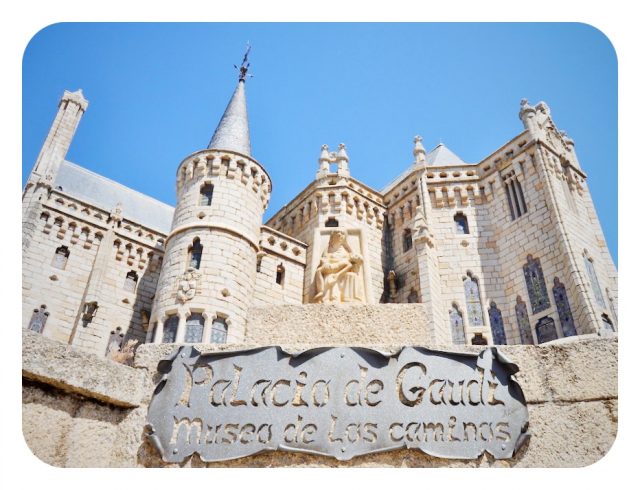 Luis Rogelio
Luis Rogelio
The Kingdom of León is one of Spain‘s oldest original kingdoms, dating back to 910 CE, when the Christian princes of Asturias to its north transferred their seat of power to the city of León. And that has left this province, the northwesternmost in the sprawling autonomous community of Castile-León, with a wealth of history and culture to go along with its natural beauty and delicious cuisine. And that’s what my posse and I recently had the pleasure to sample in a road trip.
 José Luis Cernadas
José Luis Cernadas
Landing at Asturias airport (OVD), we picked up a car and drove just under two hours through spectacular mountain scenery to León city, where we had a magnificent lunch of Leonese specialities cecina (cured, air-dried beef) and trout – considered the best in Spain – in escabeche (vinegar marinade). Then it was a glorious cavalcade of experiences in the compact, UNESCO World Heritage casco antiguo (old town), including its Plaza Mayor (main square); one of Spain’s most majestic cathedrals (above); its colourful covered market; and San Isodoro Basilica, am 11th-century Romanesque gem whose frescoes give the Sixtine Chapel a run for its money.
 Anual
Anual
Heading out from the capital, we drove 45 minutes west to the base we’d chosen for our road trip through the historic La Margatería region, an impeccable little rural hotel in the town of Santa Catalina de Somoza. Early the next morning, we then set out to explore nearby Castrillo de Polvazares (above), essentially an open-air museum of the 16th century developed by and for arrieros (traders), with stone houses (some marked with the traditional names of former inhabitants, many of them women); carefully tended cobblestone streets built wide to accommodate wagons; and a number of handicraft shops and restaurants (many locals make their living these days catering to tourism).
La Maragatería is also dotted with other charming villages such as tiny hilltop El Acebo, with a population of just several dozen; many houses made of slate, with distinctive, street-facing wooden balconies; and the primitive looking, 12th-century Romanesque Church of San Miguel Arcángel. A bit larger, with around 350 inhabitants, Santiago Millas is another arriero town where besides a Museo de Arrierería Maragata devoted to local culture and traditions you’ll find a couple of hermitages, the Ermita de San Miguel and the Ermita de San Antonio. Meanwhile, another tiny village of several dozen, San Martín de Agostedo is known for its homely cuisine. Another bonus in this area is glorious nighttime skywatching free of light pollution, with the Milky Way splashed across the heavens in all its splendour.
 Gabriel Fdez
Gabriel Fdez
We also of course paid a visit to La Maragatería’s main town. Settlement around Astorga (pop. just over 11,000) dates back to prehistoric times, but the city as such was founded in 14 BCE by the Romans as Asturica Augusta. Here you’ll find a handsome, 17th-century Baroque town hall on the pretty Plaza Mayor as well as the Cathedral of Santa María de Astorga, a mix of Gothic with Baroque and Neoclassical whose high altar is considered a masterpiece of the Spanish Renaissance.
But perhaps the most notable landmark here is right next door to the cathedral. The Episcopal Palace is a grey-granite, Neogothic pile (above) finished in 1913 and designed by no less than Spain’s most reknowned architect of all time, Antoni Gaudí (why so far away from Barcelona? The local bishop was a mate of his.). Gaudí also worked in a more sobre idiom far removed from his more famous, phantasmagorical Modernist work, and this is a great example. You can get a look at the stained glass and interplays of light inside when visiting the Museo de los Caminos which now occupies the building – a museum quite interesting in its own right, dedicated to the Way of St. James pilgrimage routes. In addition to religious art from Spain and elsewhere in Europe (including a processional cross attributed to Michelangelo), there’s also a collection of prehistoric and ancient Roman artifacts found in the region.
And by the way, while you’re in town, be sure to sample and/or take home some of the delectable local speciality, mantecadas, which are spongy, square or rectactangular cakes (actually more like muffins, but flatter) made from eggs, flour, sugar, and manteca (butter).
Finally it’s time to head back to the airport, two hours from Astorga, with another raft of delicious memories and lovely photos from northwest Spain. Viva el road trip!
More info in English: TurismoCastillayLeon.com.
Read this post in Spanish.

